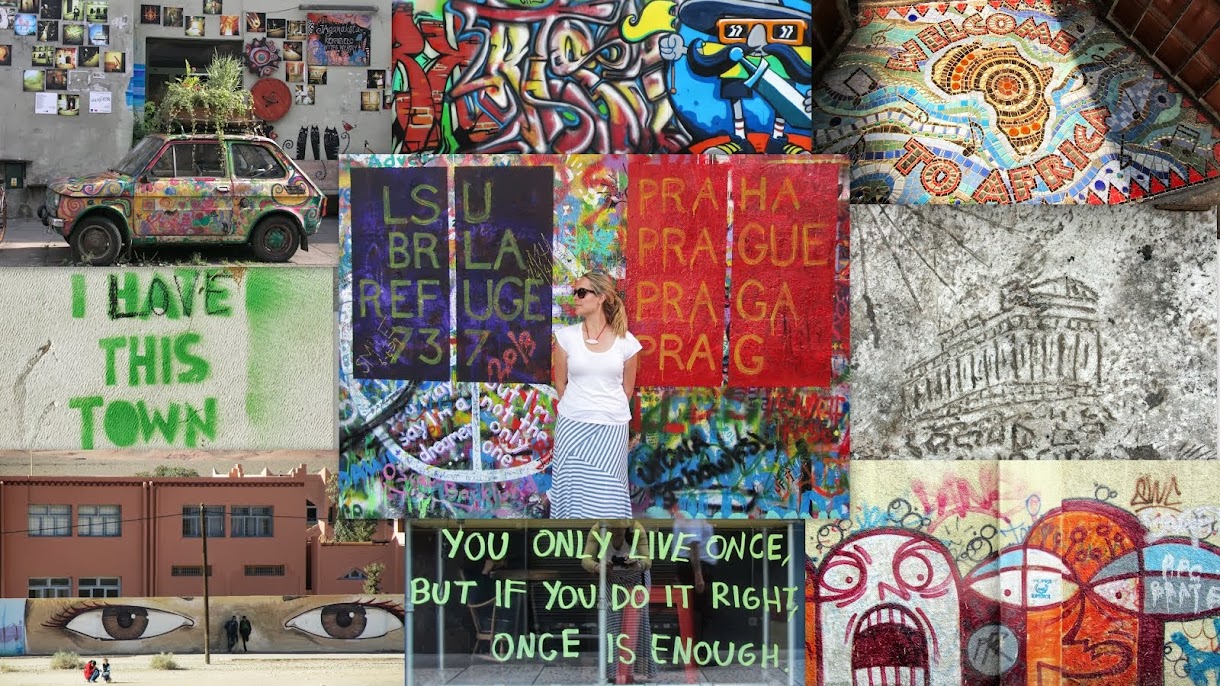Srebrenica isn't generally a place a tourist would visit... unless the visit is revolved around the village's genocide memorial. It is three hours outside of Sarajevo by bus and no where one would typically spend more than a few hours in.
Jeannine recently finished interning at the ICTY in the Hague. She had spent the last few months editing legal proofs for the prosecution of one of the genocide leaders and wanted to visit the area where it occurred. She had planned on going the day before I arrived, but that day brought about an onslaught of snow and she feared that if she went, in the cold with the snow, she may just die of depression. Instead she asked me how opposed I would be of going with her. Thankfully the request was asked prior to my arrival so I had time to really think about it.
Over a five day period in July 1995, more than 8,000 Muslim boys and men were brutally massacred in and around Srebrenica, only two years after the UN declared it a safe haven. To date it is the largest extermination in Europe since World War II.
It took me a while to make up my mind, to see a place where such inhumane brutality occurred. But I consented, mainly for the same reason people today visit Jewish Concentration Camps... to pay respects and garner a greater hope that a genocide such as this one will never occur again.
It appeared to us that the city must not have changed much in the last 16 years. It is claimed that some of those who participated in the murders still live in the area and go on about their daily lives as if nothing happened. The people we met during our time in the village were as kind as everyone else we had met in Bosnia. But there was something in the air. It felt different. And that somber feeling stayed with us the entire time we were there.
Jeannine recently finished interning at the ICTY in the Hague. She had spent the last few months editing legal proofs for the prosecution of one of the genocide leaders and wanted to visit the area where it occurred. She had planned on going the day before I arrived, but that day brought about an onslaught of snow and she feared that if she went, in the cold with the snow, she may just die of depression. Instead she asked me how opposed I would be of going with her. Thankfully the request was asked prior to my arrival so I had time to really think about it.
Over a five day period in July 1995, more than 8,000 Muslim boys and men were brutally massacred in and around Srebrenica, only two years after the UN declared it a safe haven. To date it is the largest extermination in Europe since World War II.
It took me a while to make up my mind, to see a place where such inhumane brutality occurred. But I consented, mainly for the same reason people today visit Jewish Concentration Camps... to pay respects and garner a greater hope that a genocide such as this one will never occur again.






2 comments:
Claire, I really would have loved to come with you on this one. Last semester I had a class where we did some work for the ICTY and I learned a lot about this conflict. I want to point out that this may not have been the largest massacre since WWII. I'm not trying to diminish what happened, I'm just trying to add some historical context. In one particular Cambodian killing field, 20,000 perished in the 70's. I think 1.5 million died there overall. And in Rwanda, it was about 800,000 in the 90's. The class I took also did work for the UN tribunals in those locations. This may have been the largest massacre in Europe, though. Or in a single day. I'm not sure. Either way it is still horrible, but humanity can do horrible things.
Jamie
You're completely right Jamie. I spaced it. I forgot to put "in Europe" behind the that statement. Because it was only in Europe. Doing so now. :) Thanks for pointing it out.
Post a Comment